Beaux coloris aquarelle.
2 rousseurs.
Bon état.
Format feuille : 55 x 42,5 cm.
Format gravure : 44 x 35,5 cm.
Original antique engraving of 1617.
La première représentation gravée de cette ville de Lorraine.
Rare édition avec un texte explicatif en vieux français au dos.
Cartouche avec renvois numérotés situant les principaux lieux et monuments de la ville.
Vous pouvez consulter l’ensemble des cartes, livres et gravures disponibles sur votre région en cliquant sur le lien de notre site internet spécialisé en archives anciennes géographiques :
https://cartes-livres-anciens.com/categorie-produit/cartes-geographiques-anciennes-original-antique-maps/france/alsace-lorraine/
Règlement sécurisé par carte bancaire sur notre site internet en cliquant sur le lien ci-dessous :
https://cartes-livres-anciens.com/produit/cartes-geographiques-anciennes-original-antique-maps/france/alsace-lorraine/gravure-ancienne-bar-le-duc/
Toutes nos cartes et gravures sont accompagnées d’un certificat d’authenticité.
Braun Georg & Franz Hogenberg
Le Civitates Orbis Terrarum de Georg Braun et Frans Hogenberg, collection d’une infinie richesse, est une célébration de la cité européenne. Cette œuvre procure à l’amateur aujourd’hui autant de plaisir que lors de sa parution.
L’édition de ces gravures fut répartie sur 45 ans. Elles dépeignent avec force détails, quelques 530 villes d’Europe et d’ailleurs, sous leur aspect d’il y a 400 ans.
L’intérêt de ces vues est considérable, conjuguant les talents d’artistes de premier plan, de graveurs et de cartographes, dans une succession de perspectives horizontales, de plans obliques ou verticaux.
Georg Braun, co-compilateur avec Franz Hogenberg, préférait la vue oblique, car selon lui, « les villes doivent être dessinées de telle façon que l’observateur puisse voir chaque route et chaque rue, ainsi que tous les bâtiments et espaces libres ».
Détails curieux, rarement signalé, les plans et vues du Civitates,dans la majorité des cas, dépeignent une scène relativement sereine, une activité quotidienne et paisible : agriculture, viticulture, pêche, commerce ou tout simplement description de costumes locaux.
Son responsable d’édition, Georg Braun (1541 – 1622), ecclésiastique à Cologne, où il passa l’essentiel de sa vie, il fut fortement influencé par Ortelius.
On sait peu de chose sur lui, si ce n’est qu’il écrivit divers textes théologiques, aujourd’hui oubliés.
Au cours de la compilation du Civilates, il entretint une correspondance avec les élus des villes, des artistes, ainsi que des cartographes et les graveurs les plus importants de sont temps.
On pense également que Braun a rédigé, ou tout du moins supervisé, la plupart des textes imprimés au verso des gravures.
Parmi les graveurs sollicités par Braun, le plus important est sans doute Frans Hogenberg (1535 – 1590), de Malines, en Belgique. Après sa mort, en 1590, nombre de planches furent exécutées par Abraham Hogenberg, son fils présumé.
C’est de son amitié avec Ortelius qui permit à Georg Braun de faire la connaissance d’Hoefnagel (1542 – 1600), artiste d’Anvers.
Celui-ci allait jouer un rôle capital dans l’illustration des gravures. Hoefnagel, issu d’une riche famille, voyagea partout en Europe. Il vécut à Anvers jusqu’en 1576. S’établit ensuite à Cologne et travailla également en Bohème, Bavière et Tyrol en compagnie du cartographe Ortelius.
Le talent d’Hoefnagel reposait sur sa soif de connaissances, et c’est grâce à son observation des détails, qu’il put reproduire les structures de ces cités, ainsi que le mode de vie de leurs habitants.
(John Goss)
Original proof engraved in 1617. Braun and Hogenberg authors. Beautiful watercolor colors. 2 foxing. Good condition. Sheet size: 55 x 42.5 cm. Engraving size: 44 x 35.5 cm. Original antique engraving of 1617. The first engraved representation of this city of Lorraine. Rare edition with an explanatory text in old French on the back. Cartouche with numbered references locating the main places and monuments of the city. You can consult all the maps, books and engravings available on your region by clicking on the link of our website specialized in old geographical archives: https://cartes-livres-anciens.com/categorie-produit/cartes-geographiques-anciennes-original-antique-maps/france/alsace-lorraine/ Secure payment by credit card on our website by clicking on the link below: https://cartes-livres-anciens.com/produit/cartes-geographiques-anciennes-original-antique-maps/france/alsace-lorraine/gravure-ancienne-bar-le-duc/ All our maps and engravings are accompanied by a certificate of authenticity. Braun Georg & Franz HogenbergThe Civitates Orbis Terrarum by Georg Braun and Frans Hogenberg, a collection of infinite richness, is a celebration of the European city. This work gives the enthusiast as much pleasure today as when it was first published. The edition of these engravings was spread over 45 years. They depict in great detail some 530 cities in Europe and elsewhere, as they would have looked 400 years ago. The interest of these views is considerable, combining the talents of leading artists, engravers and cartographers, in a succession of horizontal perspectives, oblique or vertical plans. Georg Braun, co-compiler with Franz Hogenberg, preferred the oblique view, because according to him, "cities must be drawn in such a way that the observer can see every road and every street, as well as all the buildings and open spaces." Curious details, rarely mentioned, the plans and views of the Civitates, in the majority of cases, depict a relatively serene scene, a daily and peaceful activity: agriculture, viticulture, fishing, commerce or simply a description of local costumes. Its editor, Georg Braun (1541 – 1622), a clergyman in Cologne, where he spent most of his life, he was strongly influenced by Ortelius. Little is known about him, except that he wrote various theological texts, now forgotten. During the compilation of the Civilates, he maintained correspondence with city officials, artists, as well as the most important cartographers and engravers of his time. It is also believed that Braun wrote, or at least supervised, most of the text printed on the back of the engravings. Among the engravers used by Braun, the most important was undoubtedly Frans Hogenberg (1535 – 1590), from Mechelen, Belgium. After his death in 1590, many of the plates were executed by Abraham Hogenberg, his presumed son. It was through his friendship with Ortelius that Georg Braun became acquainted with Hoefnagel (1542 – 1600), an artist from Antwerp, who was to play a key role in the illustration of the engravings. Hoefnagel, who came from a wealthy family, traveled throughout Europe. He lived in Antwerp until 1576. He then settled in Cologne and also worked in Bohemia, Bavaria, and Tyrol with the cartographer Ortelius. Hoefnagel's talent lay in his thirst for knowledge, and it was through his observation of details that he was able to reproduce the structures of these cities and the lifestyles of their inhabitants. (John Goss)







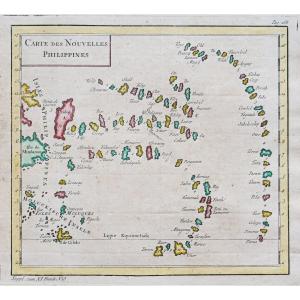
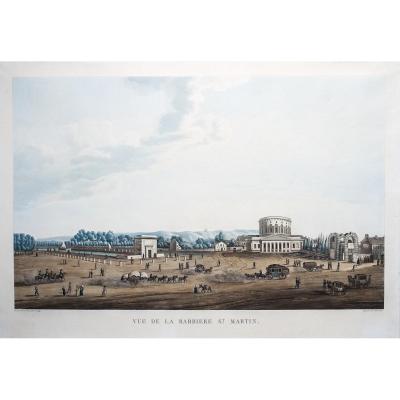

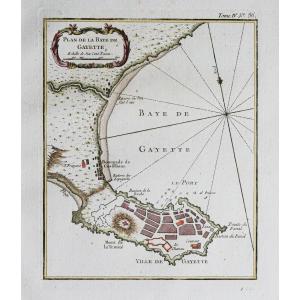


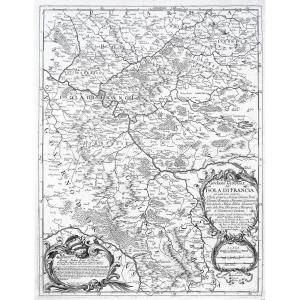
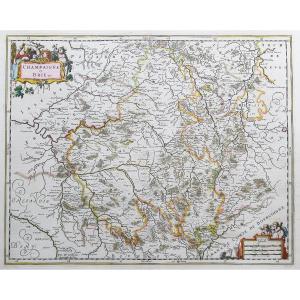
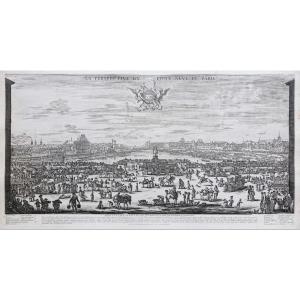
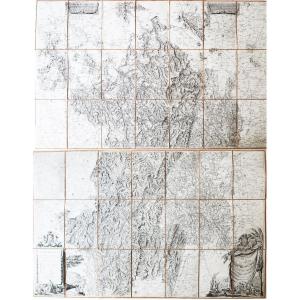
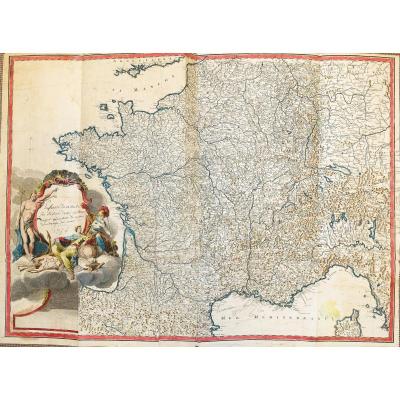

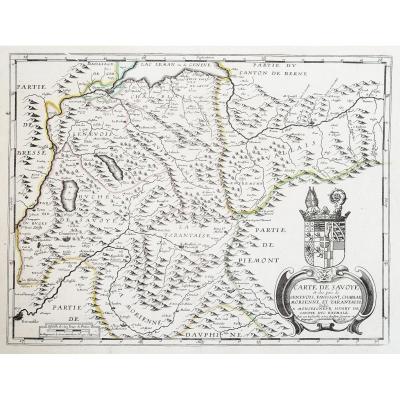



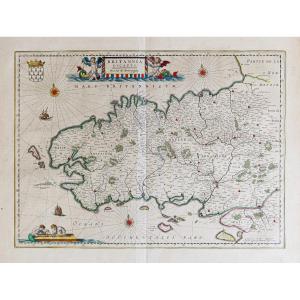




 Le Magazine de PROANTIC
Le Magazine de PROANTIC TRÉSORS Magazine
TRÉSORS Magazine Rivista Artiquariato
Rivista Artiquariato